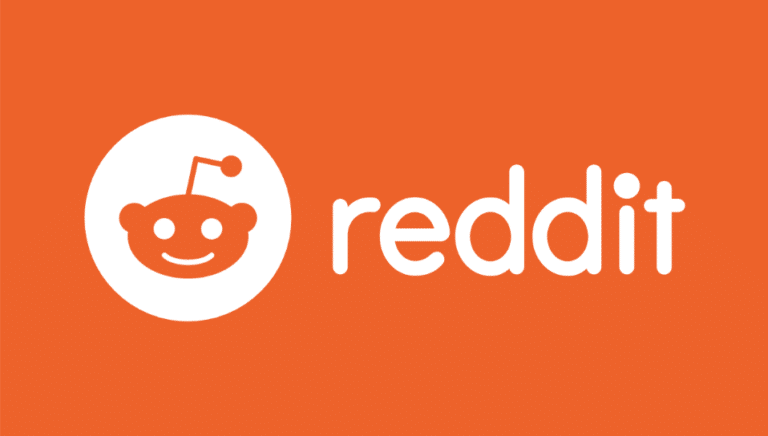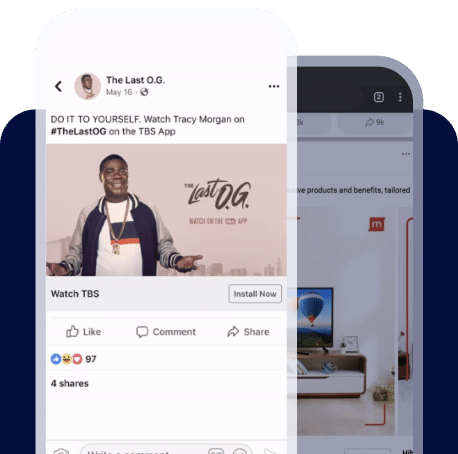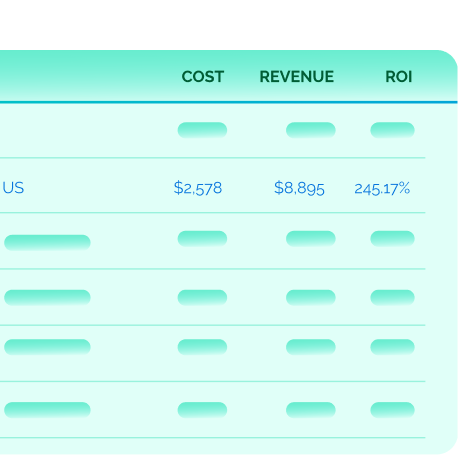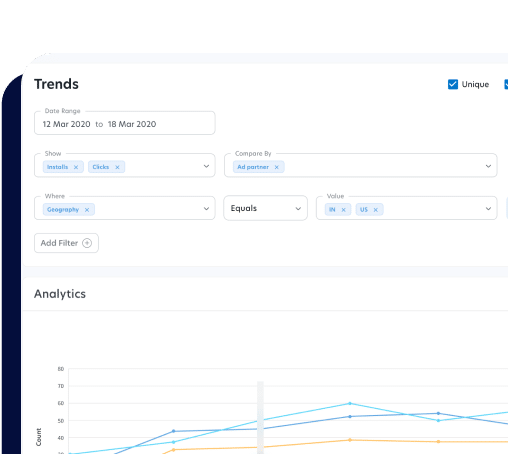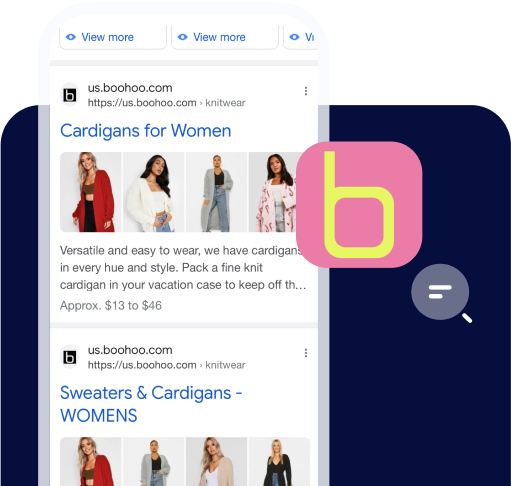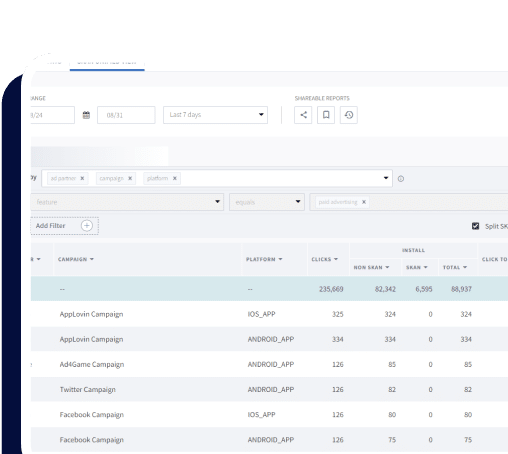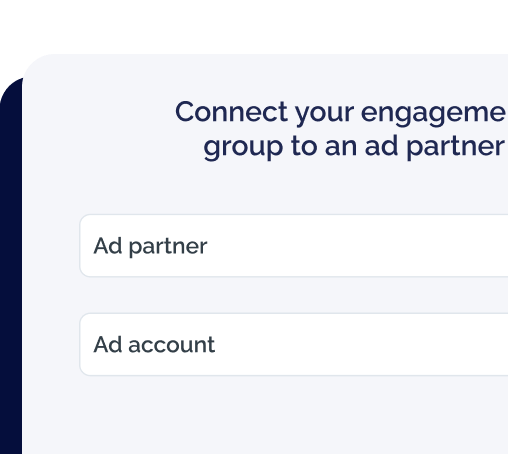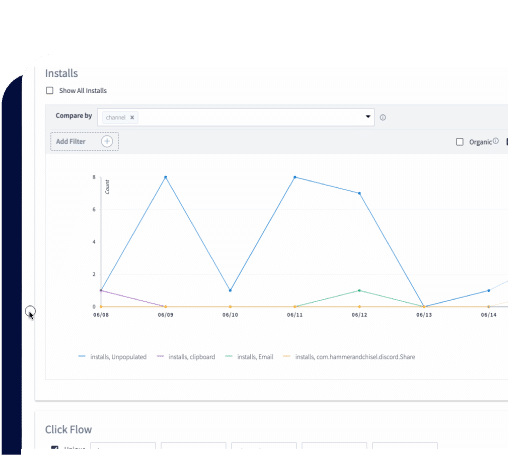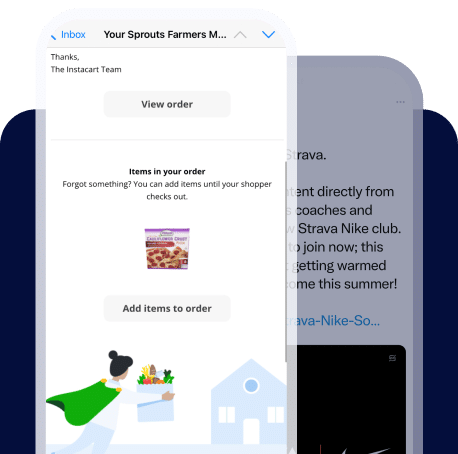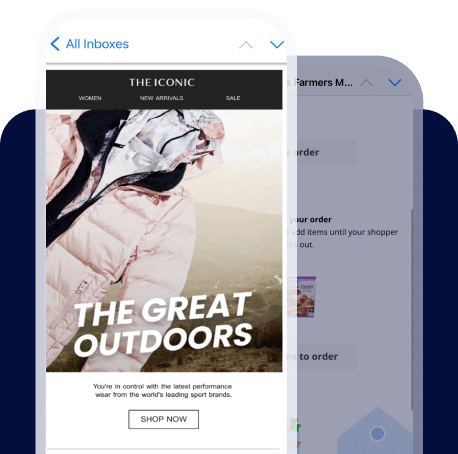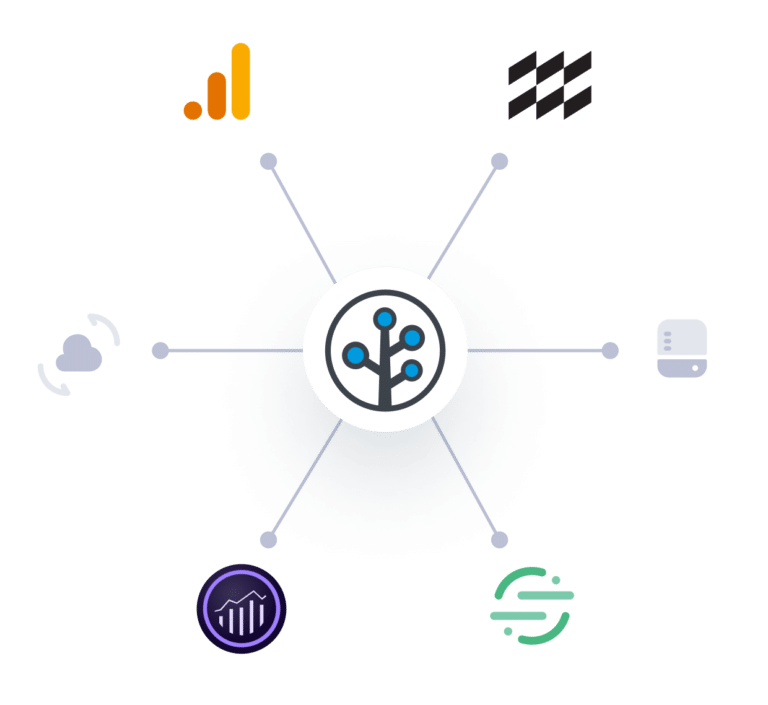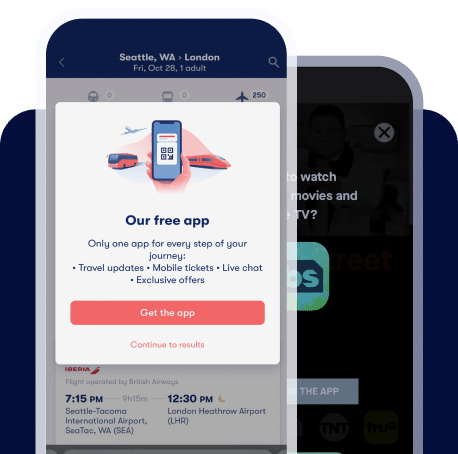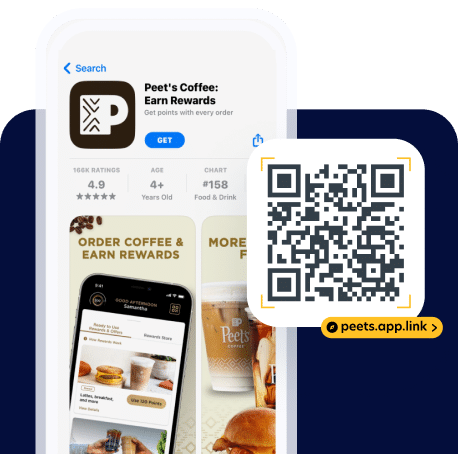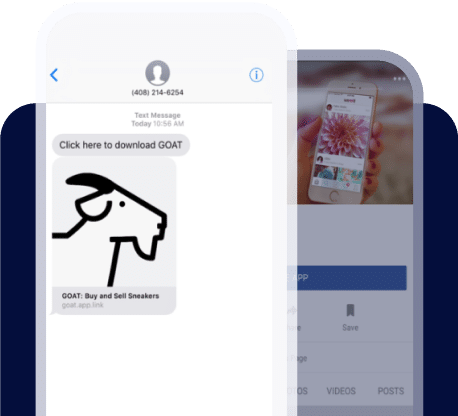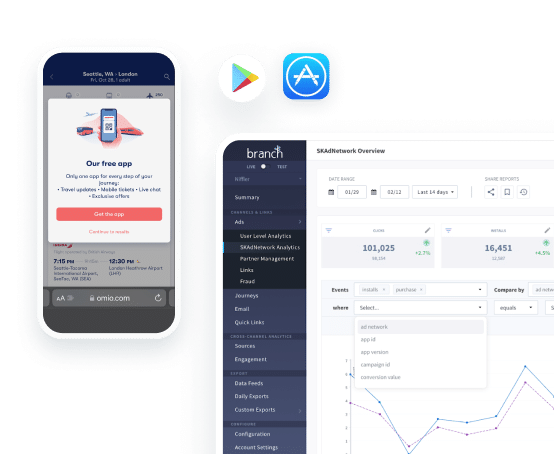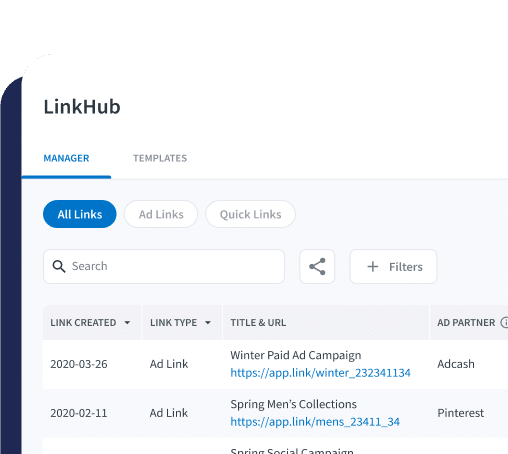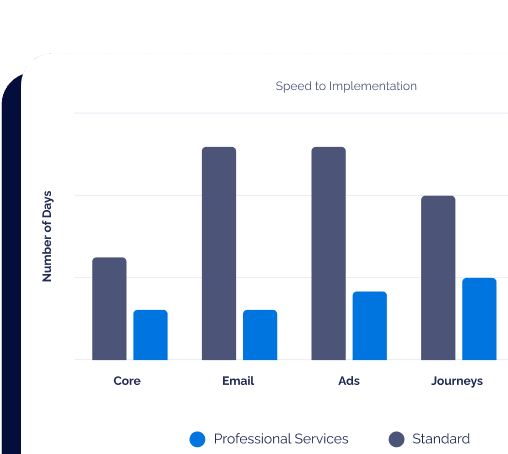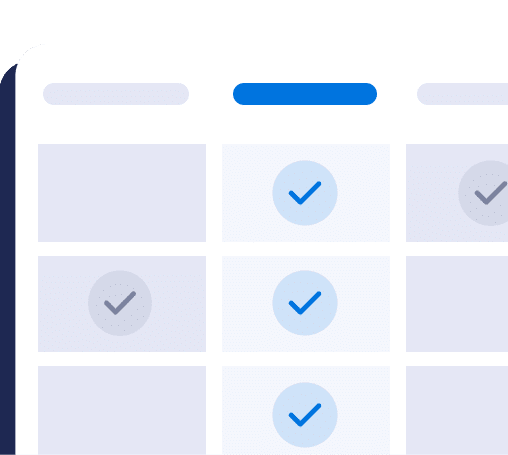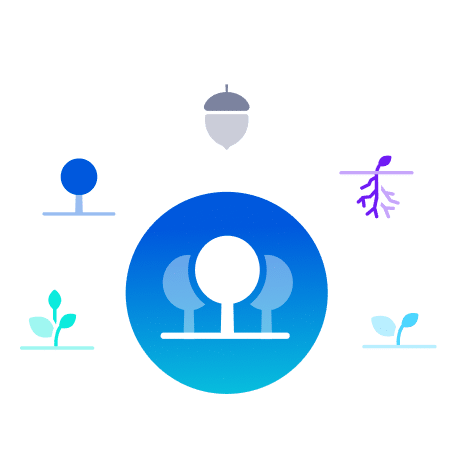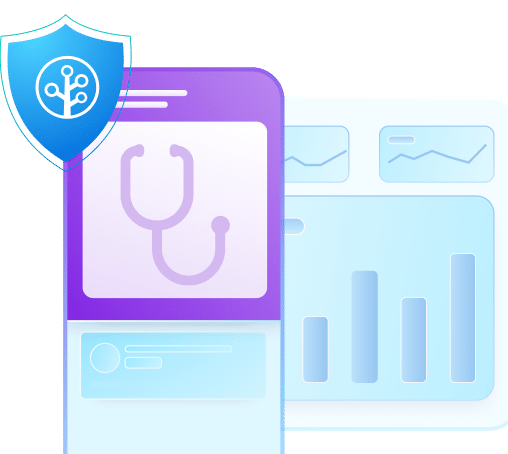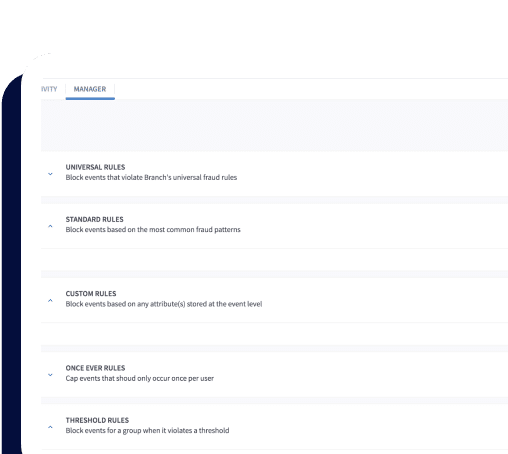MOBILE LINKING PLATFORM
What is a mobile linking platform (MLP)?
Power deep linking at scale
As the mobile app ecosystem gets more complex, user acquisition and engagement get more difficult. To stand out among the 5.7 million+ apps available in the Google Play Store, Apple App Store, and Amazon Appstore, brands need solutions that deliver the experiences consumers expect, while maximizing conversion rates and driving down costs. That’s where mobile linking platforms (MLPs) come in.
In this guide, we’ll explore:
MLPs facilitate mobile deep linking at scale
Before we get into the features and functionality of mobile linking platforms, it’s important to understand deep linking. Deep links are unique links that take users to a specific page or piece of content within an app or website rather than a generic homepage. In the context of mobile devices, deep links take users directly to in-app content like a product page or personalized welcome screen instead of the app homepage. If a user doesn’t yet have the app installed, deferred deep links will route them through the app store, then automatically to the intended content. By maintaining the user’s context on their journey to an app, deep links eliminate the need for the user to manually search for the content they wanted after install, reducing friction and increasing the likelihood of adoption.
Marketers have widely adopted app deep linking because it’s so effective in getting new users to an app and engaging existing users. By embedding deep links in app marketing collateral like social media content and email campaigns, brands direct users to their most valuable channel: their mobile app.
Yet deep linking and measurement can get complicated when brands have hundreds of marketing campaigns, dozens of acquisition channels, and support various devices. Mobile linking platforms (MLPs) solve this problem by providing a central hub for creating, managing, and measuring deep links across all owned and earned channels.
MLP vs. MMP
If the concept sounds familiar, it’s because MLPs offer similar functionality as mobile measurement partners (MMPs). The difference is MMPs only offer deep linking and measurement for paid ads. While MMPs have existed for over a decade, MLPs came on the scene more recently as brands recognized the need for deep linking and attribution on non-paid marketing channels like mobile web, email, SEO, SMS, and even offline QR codes.
Like MMPs, MLPs provide insights and analytics into attribution, user engagement, and campaign performance. When a user clicks a deep link, the MLP will capture and report data like referring source, click timestamp, device information, and deep link parameters. These deep link parameters can include items such as campaign IDs or referral codes that enable brands to attribute the source and context of a deep-link click to a specific marketing source. Once MLPs are plugged into marketing campaigns across owned and earned channels, marketers begin to see the full picture of their marketing efforts beyond just blindly attributing non-ad conversions to “organic” or “direct” traffic.
How do MLPs work?
Cloud-based, hosted platform
MLPs provide the infrastructure and tools for app developers and marketers to create and manage deep links. They operate as cloud-based, hosted platforms with user-friendly interfaces that enable non-technical stakeholders to create links for campaigns and analyze performance data.
One role of the platform is to control deep-link routing for any and all deep links a brand has created. When a user clicks on a deep link, the MLP interprets the event and routes the user to the relevant app content, to the app store, or to an alternative specified destination. For example, if a user doesn’t have an app downloaded, a marketer may choose to take them to the iOS or Android app store or to the mobile web. All the rules for when and how to route users — and the fallback mechanisms — are configured directly in the MLP.
Another primary purpose is data collection and analytics. MLPs capture and analyze deep link data across channels, campaigns, and devices to provide insights into attribution and user behavior. By attributing app installations or in-app activities to specific marketing sources, marketers can evaluate the performance metrics of different non-paid channels and make data-driven decisions about how to allocate their budgets and maximize growth potential.
SDK interaction
MLPs work by integrating software development kits (SDKs) into mobile apps. SDKs function as a bridge between the platform and the app; once the SDK is integrated into the app’s codebase, the app can receive instructions from the platform about how to route a user and what content to display. The SDK also captures relevant attribution data about the deep link click regardless of the platform or channel the click occurred on.
SDK integrations vary depending on the operating system of an app. For example, iOS SDKs leverage Universal Links while Android SDKs rely on App Links or custom URI schemes to deep link users to in-app content. Brands that have both iOS apps and Android apps need separate SDK integrations for each platform.
Benefits of an MLP
MLPs benefit both users and brands. Users get better experiences, seamless transitions across channels and platforms, and personalized interactions. Brands get new avenues to grow their app, accurate attribution data and insights, and the confidence that their deep links work in every edge case.

New ways to acquire and engage app users
MLPs offer innovative ways to acquire and engage app users while minimizing investment. As traditional mobile marketing methods become more challenging and costly, MLPs open up new avenues for app growth.
Scalable and reliable deep linking
The average online journey generally ranges from 20 to 500 touchpoints — and brands need to ensure their links work on every one. MLPs are designed to handle the volume and complexity of enterprise deep linking strategies. Marketers can programmatically create and update deep links — and rely on the platform to do the work of maintaining user context across devices and routing properly.
Visibility and measurement
The real power of MLPs is the insights they provide into channels and campaigns that were previously hard or impossible to measure. MLPs aggregate data about link clicks, app installs, and down-funnel conversions into a cross-channel view, so marketers understand which campaigns perform best.
Customization
Branded links get up to double the click through rate as generic links. MLPs enable link customization so marketers can choose the link domain that best suits their brand — and give users confidence in where they’ll end up after clicking a link.
Personalization
71% of consumers expect personalization. MLPs enable tailored experiences like personalized onboarding and recommendations at scale with contextual deep links. These links leverage user data, like location or search query, to deliver the most relevant link.
Privacy and industry expertise
Privacy is a major concern for brands doing any sort of tracking. MLPs prioritize user privacy and data security so brands don’t have to shoulder the burden of keeping up with industry standards and regulations. They also ensure your mobile growth strategy remains future-proof, adapting to changes such as Google and Apple announcements.
How MLPs fit into the marketing tech stack
MLPs are a core component of a marketer’s toolkit. They can, and should, integrate with a wide range of partners, including analytics and BI tools, automation platforms, media partners, and more.
Some MLPs, like Branch, also provide MMP functionality — so marketers may skip the step of having to integrate two separate systems. In this case, the platform integrates directly with ad networks like Facebook and Google to track and attribute data from paid ads. This provides a 360-degree view of data from paid and non-paid channels.
In some cases, marketers may want to pull insights from their MLP into existing analytics platforms via API. Integrations with tools like Adobe Analytics or Google Analytics provide a more complete view of mobile-focused campaigns and bring in-app activity into the picture.
Another important relationship is between MLPs and email service providers (ESPs). Without an MLP, marketers can’t easily and programmatically take email users directly from a link in their email to an app without sacrificing critical click-tracking data. Through integrations with popular ESPs like Oracle, Salesforce, and Braze, MLPs unlock the power of email for app user acquisition and engagement.
When selecting an MLP, it’s important to consider the breadth and depth of their partner network. Deep integrations and partnerships are key to delivering seamless user experiences on any channel and eliminating attribution blindspots.
How to choose the right MLP
An MLP should provide the tools to help your brand unlock app growth and maximize conversions across any non-paid channel. When picking a partner, consider:
- Does my MLP have a robust web-to-app solution?
- Can I easily create and track branded links across organic social and influencer campaigns with my MLP?
- Can my MLP help me drive and measure app conversions driven from SEO?
- Does my MLP offer a QR code solution?
- Can my MLP help me grow my app’s k-factor with a referral program?
- Is my email service provider (ESP) integrated with my MLP?
- Does my MLP offer cross-channel measurement?
- Does my MLP shield me from disruption by helping me quickly understand the impact of industry changes?
- Does my MLP have reliable infrastructure that supports my needs to scale deep links across campaigns?
Next steps
Getting users to download and engage with an app is critical to revenue growth. Branch’s Mobile Growth survey found that for every one dollar a non-app user spends, app users spend an average of $3.30 — more than three times as much. By partnering with the right MLP, brands can grow their app revenue with increased conversions and higher lifetime value (LTV) users.
To learn more about how Branch can help you create world-class, deep-linked user experiences from your owned and earned channels, check out our MLP solution. To see it in action, request a demo with our team.
Ready to grow organic channels?
How To Find The Right Deep Linking Solution
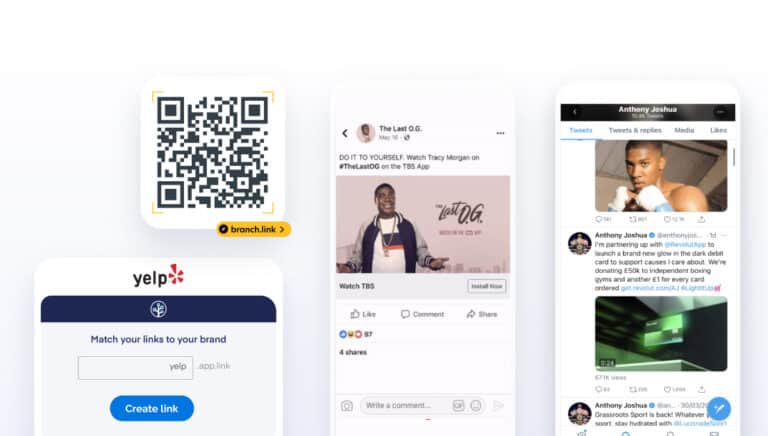
What is a Mobile Linking Platform (MLP) and Why You Need One
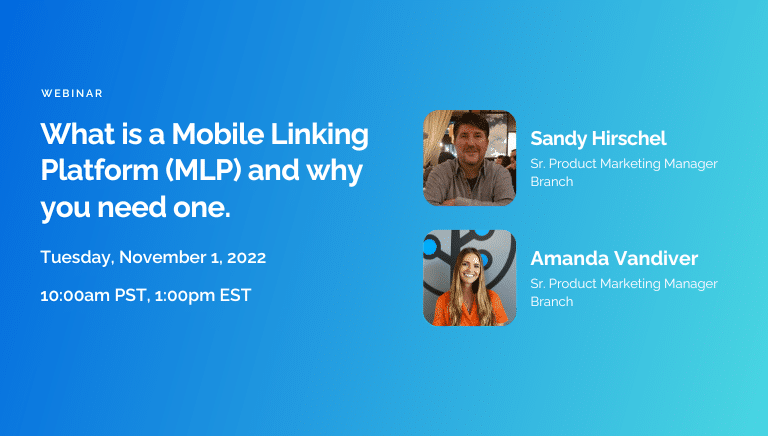
Reddit Increases App Installs by 6.5x and Boosts 7-day Retention by 50% Using Branch-powered Cross Promotions
